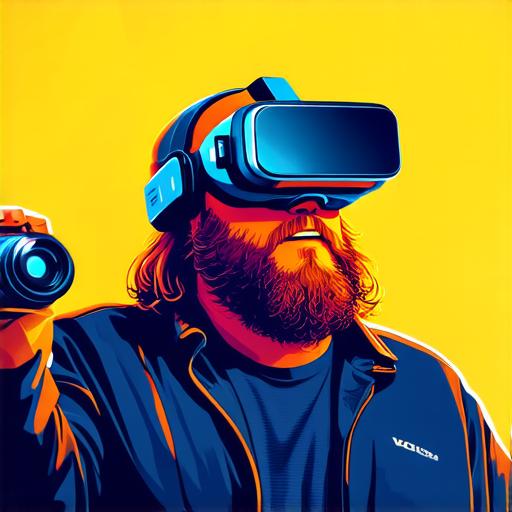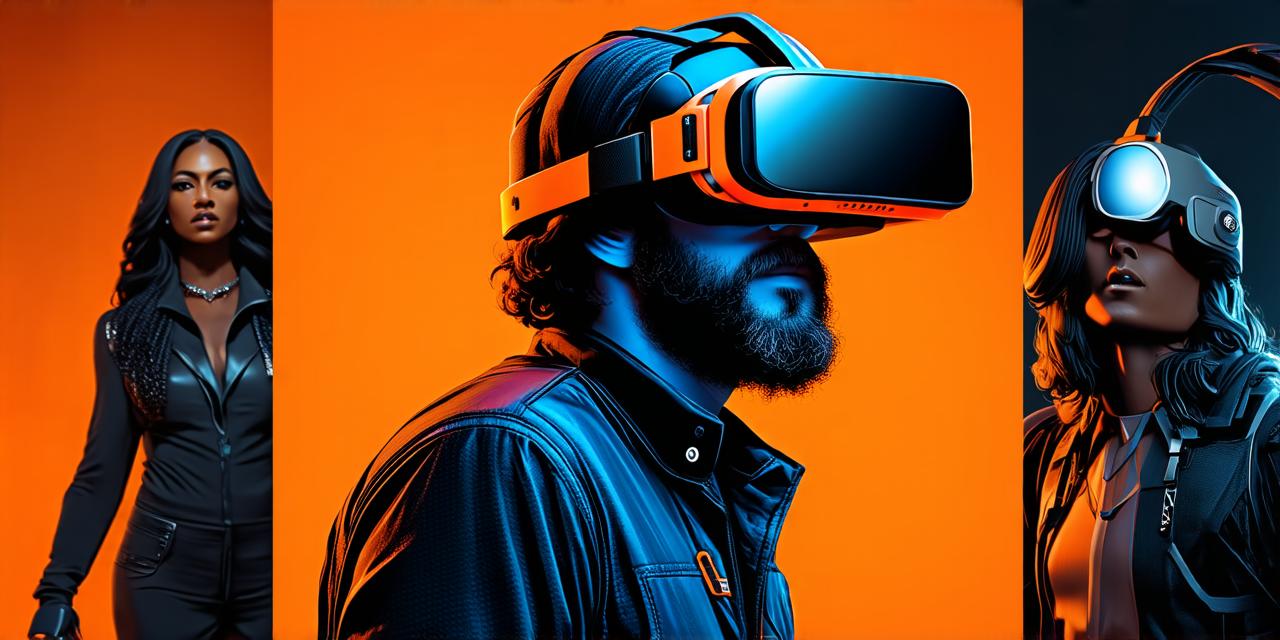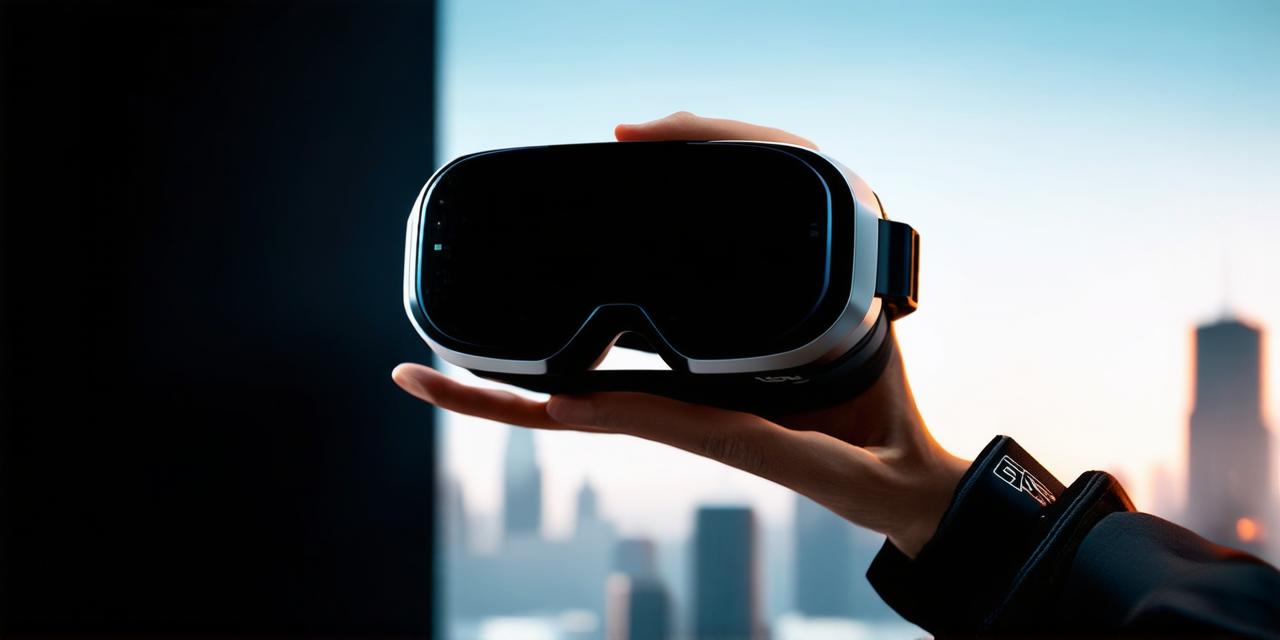Introduction

Virtual Reality (VR), a groundbreaking technology that immerses users in simulated environments, has revolutionized numerous industries and transformed entertainment. But who were the pioneers behind this digital marvel? Let’s delve into the history of VR to uncover its creators.
The Birth of an Idea: Morton Heilig (1926-1994)
Our journey begins with Morton Heilig, a visionary inventor and filmmaker who conceived the concept of immersive entertainment in the 1950s. Heilig is credited with creating the first VR device, the “Sensorama,” which combined visual, auditory, olfactory, and tactile stimuli to create a fully immersive experience for its users.
The Sensorama was not a VR headset but rather a cinema seat equipped with various sensors and mechanisms that provided an interactive movie-going experience. Although the Sensorama did not achieve widespread success, it laid the foundation for future VR developments.
The First VR Headset: Ivan Sutherland (1938 – )
Fast forward to 1965, and we encounter Ivan Sutherland, a computer scientist and engineer who is widely regarded as the “father of VR.” Sutherland developed the first functional VR head-mounted display, known as the “Sword of Damocles,” which allowed users to interact with a simulated 3D environment.
The Sword of Damocles was a bulky and unwieldy device that required significant computational power to operate. However, it demonstrated the potential for VR technology and paved the way for more advanced systems.
The Evolution of VR: Jaron Lanier (1960 – )
In 1989, Jaron Lanier, a computer scientist, artist, and philosopher, coined the term “Virtual Reality” and founded VPL Research, one of the first companies dedicated to developing VR technology. Lanier’s company created the DataGlove, an early VR input device that allowed users to interact with virtual objects using hand gestures.
Lanier’s work helped popularize VR and laid the groundwork for future advancements in the field. His vision of a “post-symbolic” world, where humans communicate through immersive digital environments rather than text or symbols, continues to inspire VR researchers today.
The Modern Era: Palmer Luckey (1992 – )
In 2012, Palmer Luckey, a self-taught engineer and entrepreneur, developed the first consumer-grade VR headset, the Oculus Rift. Luckey founded Oculus VR, which was later acquired by Facebook in 2014 for $2 billion. The Oculus Rift brought VR into the mainstream and sparked a renewed interest in the technology.
Conclusion
The creation of Virtual Reality is the result of the collective efforts of visionaries like Morton Heilig, Ivan Sutherland, Jaron Lanier, and Palmer Luckey. Each pioneer contributed unique insights and innovations that have shaped VR into the transformative technology it is today. As we continue to explore the possibilities of VR, their legacies serve as a reminder of the potential for human ingenuity to reshape our world.



